A mixed signal oscilloscope is an instrument that can measure both analog and digital signals. It has two channels – one for analog and the other for digital signals.
A synchronized time base connects the two channels. This timebase synchronizes the timing of the analog and digital channels so that they measure events at exactly the same time.
The mixed-signal oscilloscope will help to analyze and troubleshoot problems with circuits, equipment, or systems that use both analog and digital signals.
How Mixed Signal Oscilloscopes Can Improve Your Electronic Design Processes
Mixed-signal oscilloscopes are used in many different fields, from designing circuits to debugging hardware, as well as for teaching electronics at universities. They are able to analyze both analog and digital signals, which makes them a very versatile tool for engineers.
In electronics, the oscilloscope is used to display the waveforms of electrical signals. These signals are more often than not analog, but they can also be digital (pulse width modulation).
Mixed-signal oscilloscopes are also called dual-trace oscilloscopes because they have two channels on the screen at once.
Mixed Signal Oscilloscope Pros and Cons
Mixed-signal oscilloscopes are used to measure the behavior of digital and analog signals like power, frequency, voltage, current, etc. This oscilloscope offers many benefits like high bandwidth, wide dynamic range, and high accuracy. However, this type of oscilloscope also has some disadvantages, like high cost and complexity.
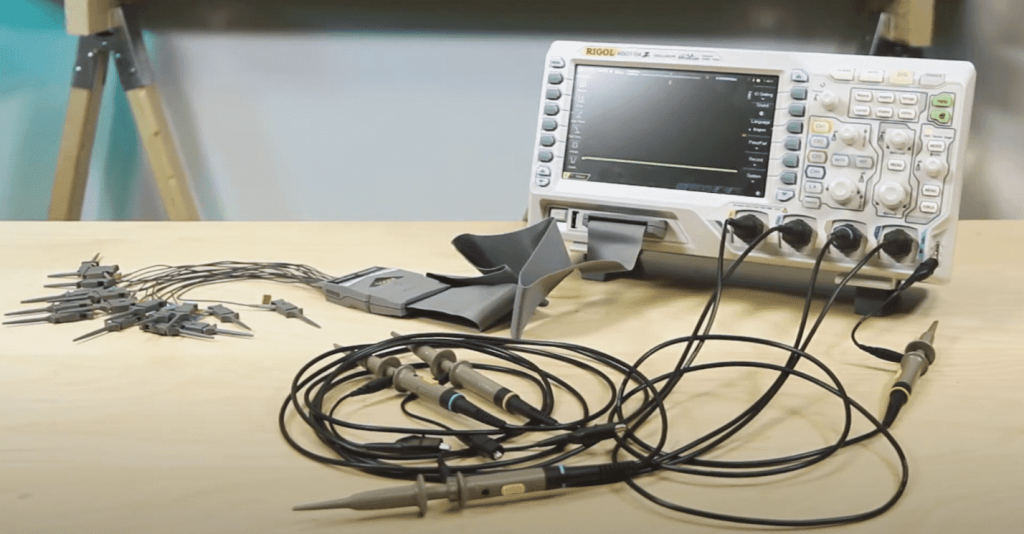
The biggest con of mixed-signal oscilloscopes is that they are expensive. They are expensive to buy and expensive to maintain because they need a lot of calibration and calibration equipment that is not cheap either.
Mixed Signal Oscilloscopes & How to Choose the Right One for Your Needs
When choosing a mixed-signal oscilloscope for your needs, you should consider a few things. This type of scope is more expensive than an analog scope, but it’s also more versatile. For instance, you will need to know the frequency range of the oscilloscope and the bandwidth of the input channels.
You can also compare these two types of oscilloscopes: analog and digital. Analog oscilloscopes work by converting an analog voltage into an analog electrical waveform on a cathode ray tube (CRT). Digital oscilloscopes work by sampling data and converting it into digital signals.
What’s The Difference Between A Mixed-Signal Oscilloscope and a Logic Analyzer?
A mixed-signal oscilloscope is a type of instrument that displays the voltage levels, current levels, and signal timing on a display screen. A logic analyzer is also a type of instrument that displays the voltage levels, current levels, and signal timing on a display screen. However, the logic analyzer only displays digital signals, while the mixed-signal oscilloscope can display both digital and analog signals.
FAQ
What are a DSO and MSO?
A digital storage oscilloscope (DSO) is a type of oscilloscope that is used to measure voltage waveforms in digital circuits. They are also called digital waveform recorders or digitizers.
A mixed-signal oscilloscope (MSO) is a type of oscilloscope that can measure both analog and digital signals.
A DSO measures voltage waveforms in digital circuits, while an MSO can measure both analog and digital signals.
What is a mixed-signal oscilloscope used for?
A mixed signal oscilloscope is a type of oscilloscope that is used to measure analog and digital signals. It can be used for various purposes, such as analyzing the quality of the signal and making sure it is not distorted.
Do I need to calibrate a mixed-signal oscilloscope?
Oscilloscope calibration is a process of adjusting the settings of an instrument to make it read correctly. To calibrate a mixed-signal oscilloscope, you need to adjust DC offset and AC balance.
Is Rigol DS1054Z a mixed-signal oscilloscope?
Rigol DS1054Z is a mixed-signal oscilloscope. It can measure analog and digital signals, and it has a bandwidth of 50 MHz.
Is Siglent SDS1202X-E a mixed-signal oscilloscope?
No, Siglent SDS1202X-E is not a mixed signal oscilloscope. It is a digital storage oscilloscope.
Can a mixed-signal oscilloscope be used for ham radio?
Yes, a mixed-signal oscilloscope can be used for ham radio. Ham radios are usually analog devices that use amplitude modulation to transmit information over long distances. It’s possible to use an oscilloscope with a mixed-signal feature to troubleshoot problems or analyze the quality of communication on an amateur radiofrequency.
What is a DPO oscilloscope?
DPO stands for digital phosphor oscilloscope. This is in contrast to the analog oscilloscope, which uses an analog representation of voltage. DPOs are advantageous because they can store large amounts of data and process it quickly. They also have no problem displaying signals with high frequencies, as they can process them digitally.
Related Video: Are Mixed Signal (MSO) Oscilloscopes Worth The Money?
Conclusion
In conclusion, this post has discussed the mixed-signal oscilloscope and how it works. It is a device that is used to measure mixed signals. Thanks for reading!

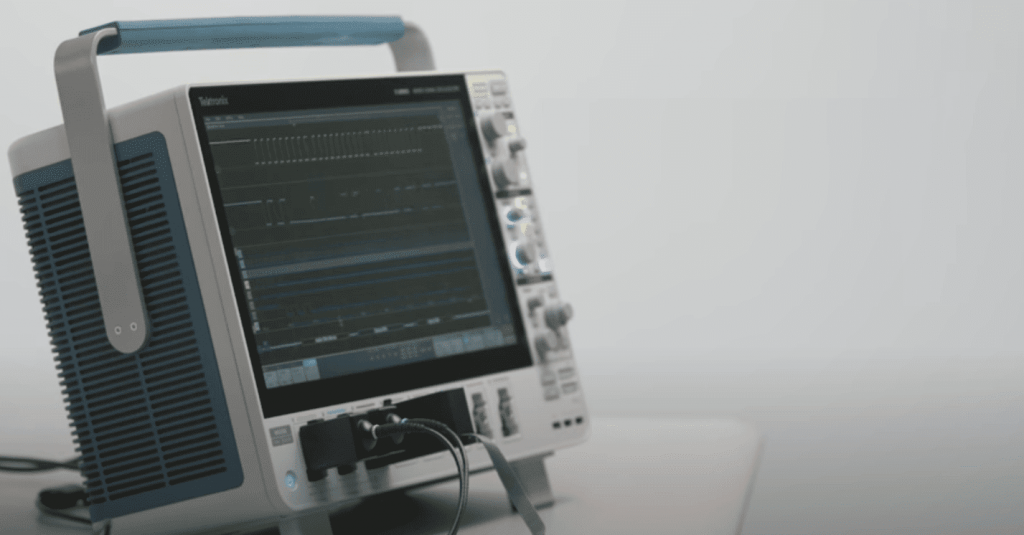
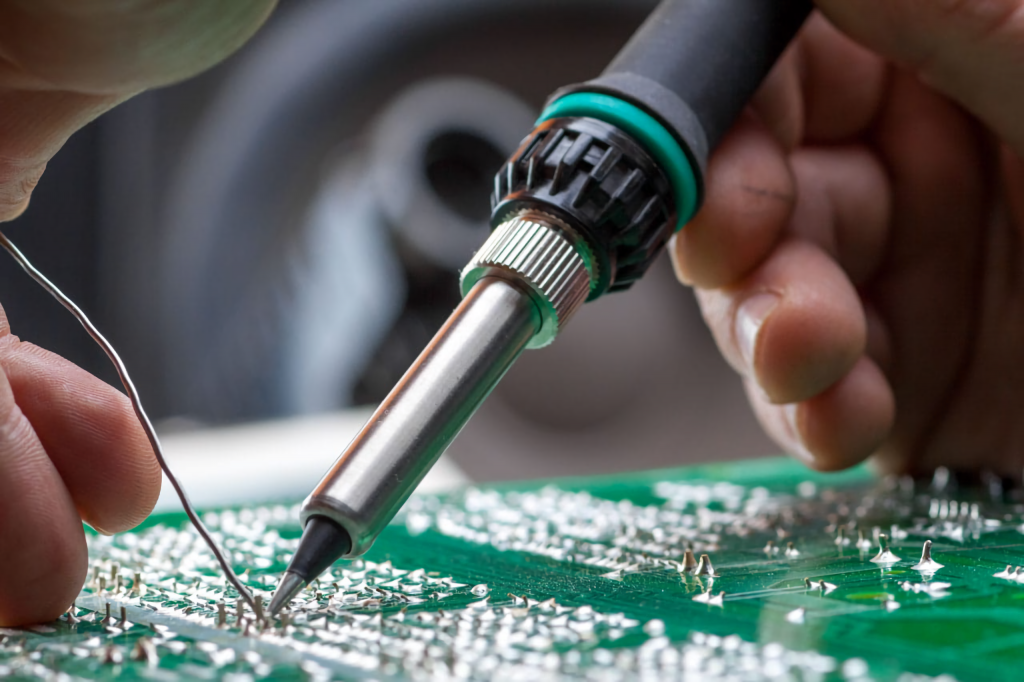
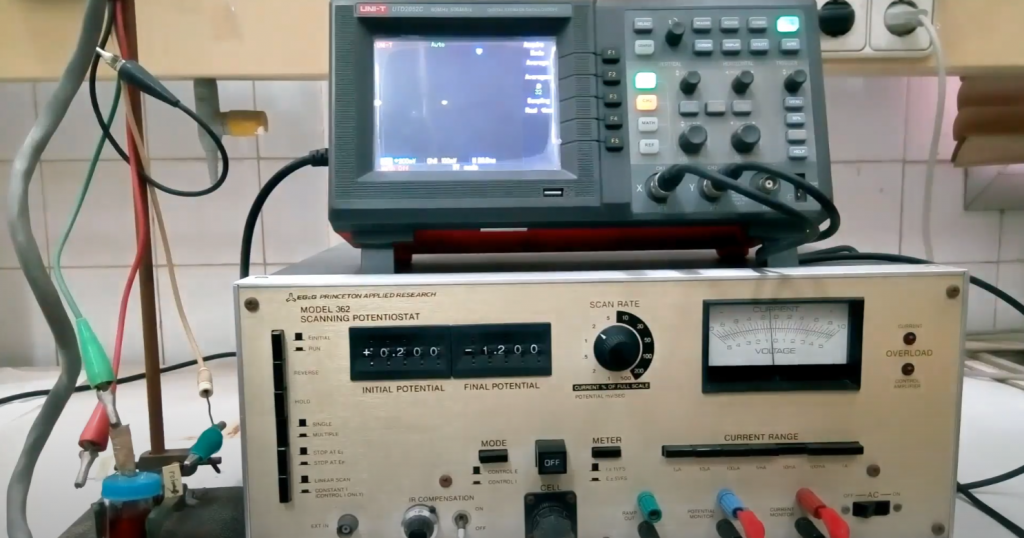
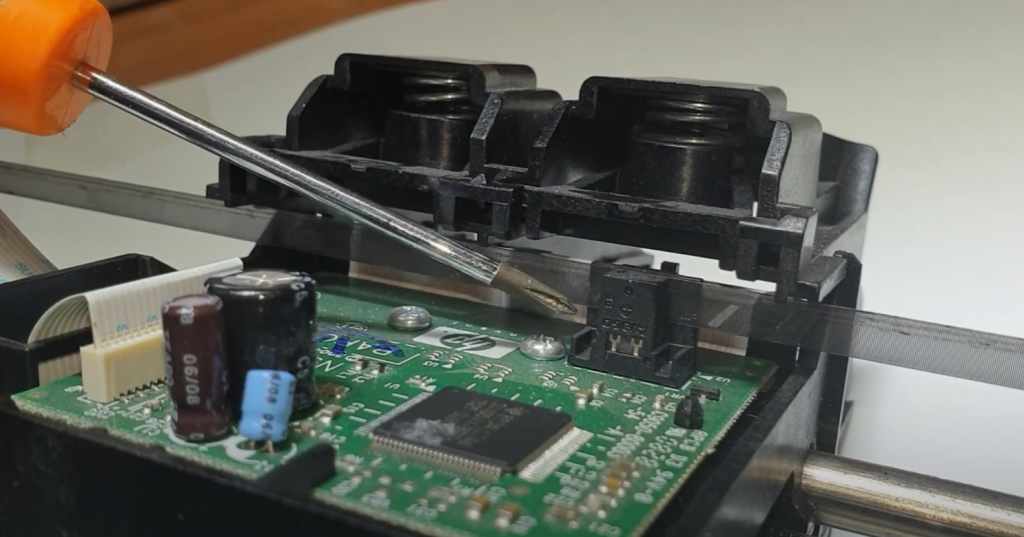
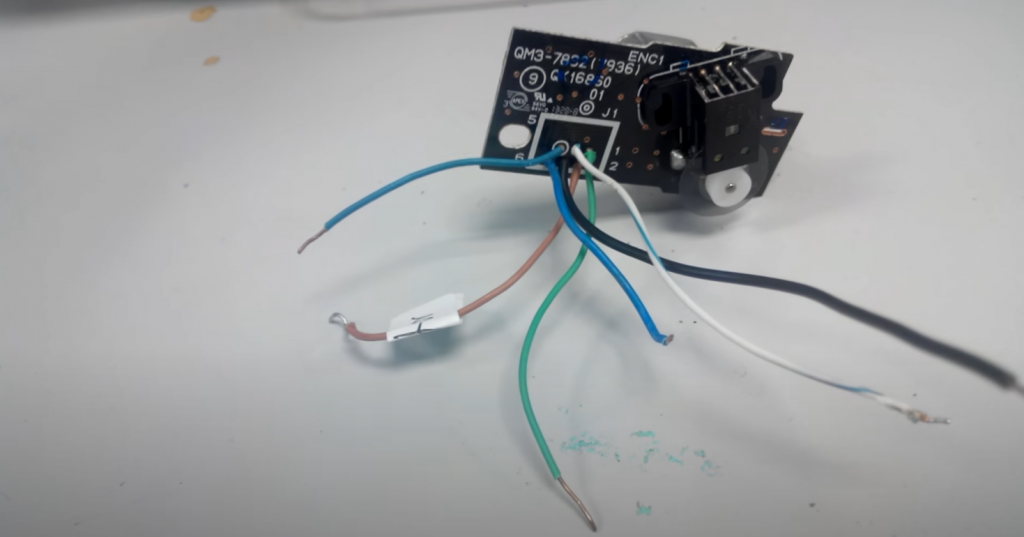
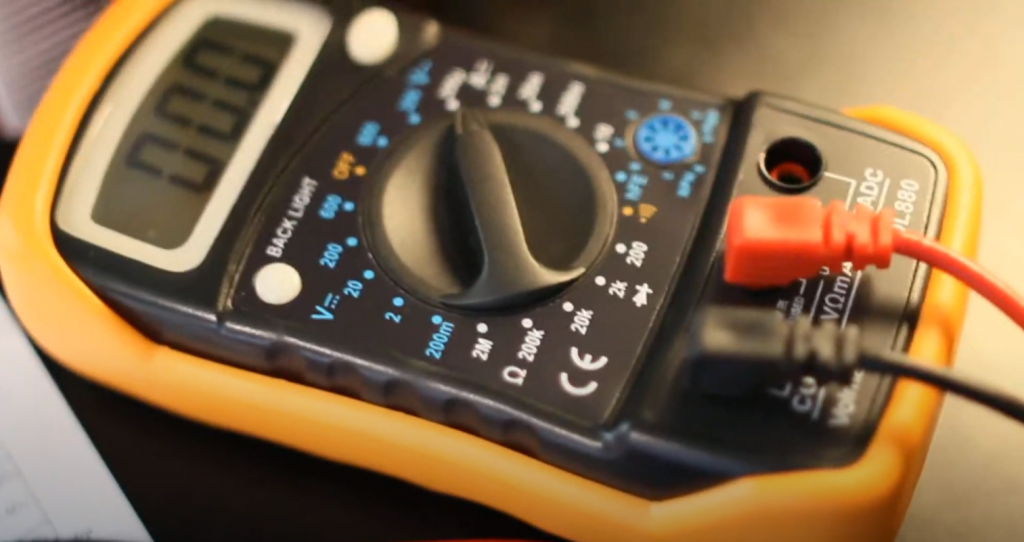
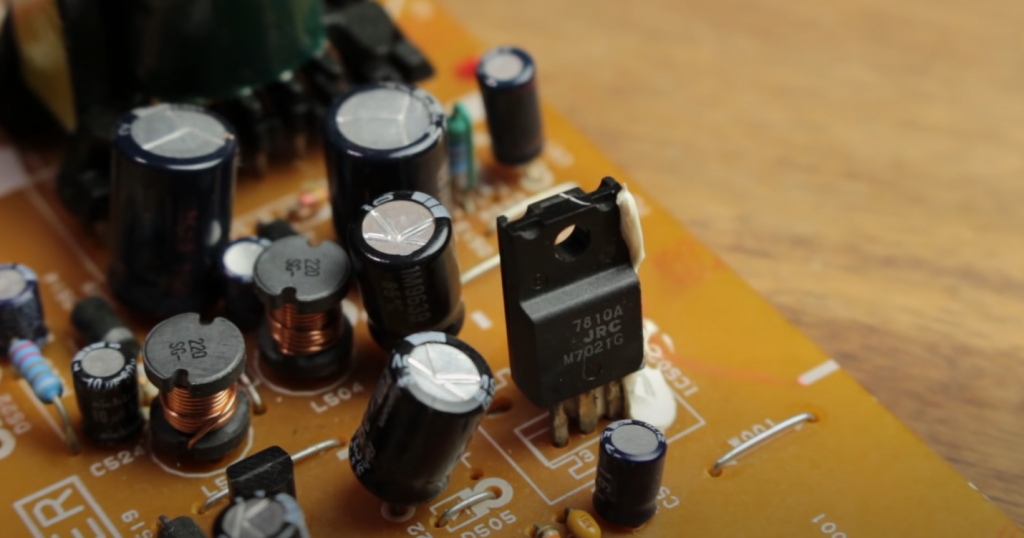
I have used both MSO and DSO oscilloscopes in my work as an electronics engineer. In my personal experience, I found that the MSO was easier to use and understand. The DSO required more time to learn how to use it effectively. However, once I learned how to use the DSO, I found that it provided more information than the MSO.